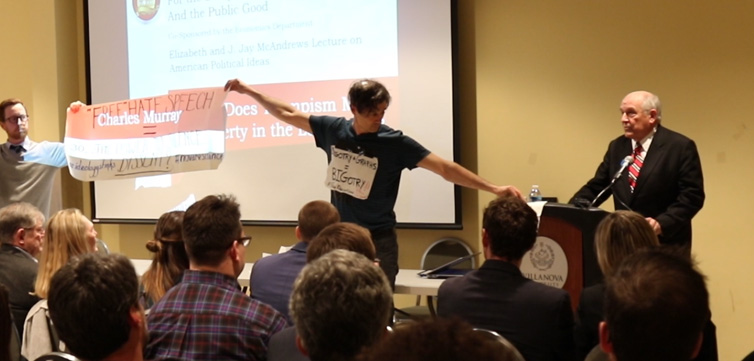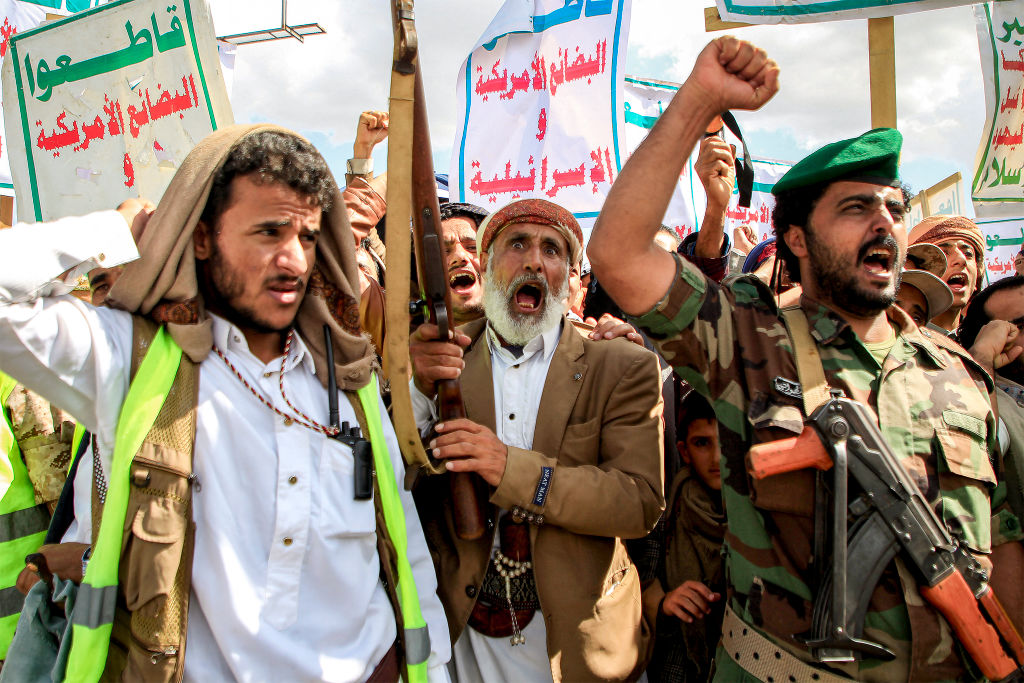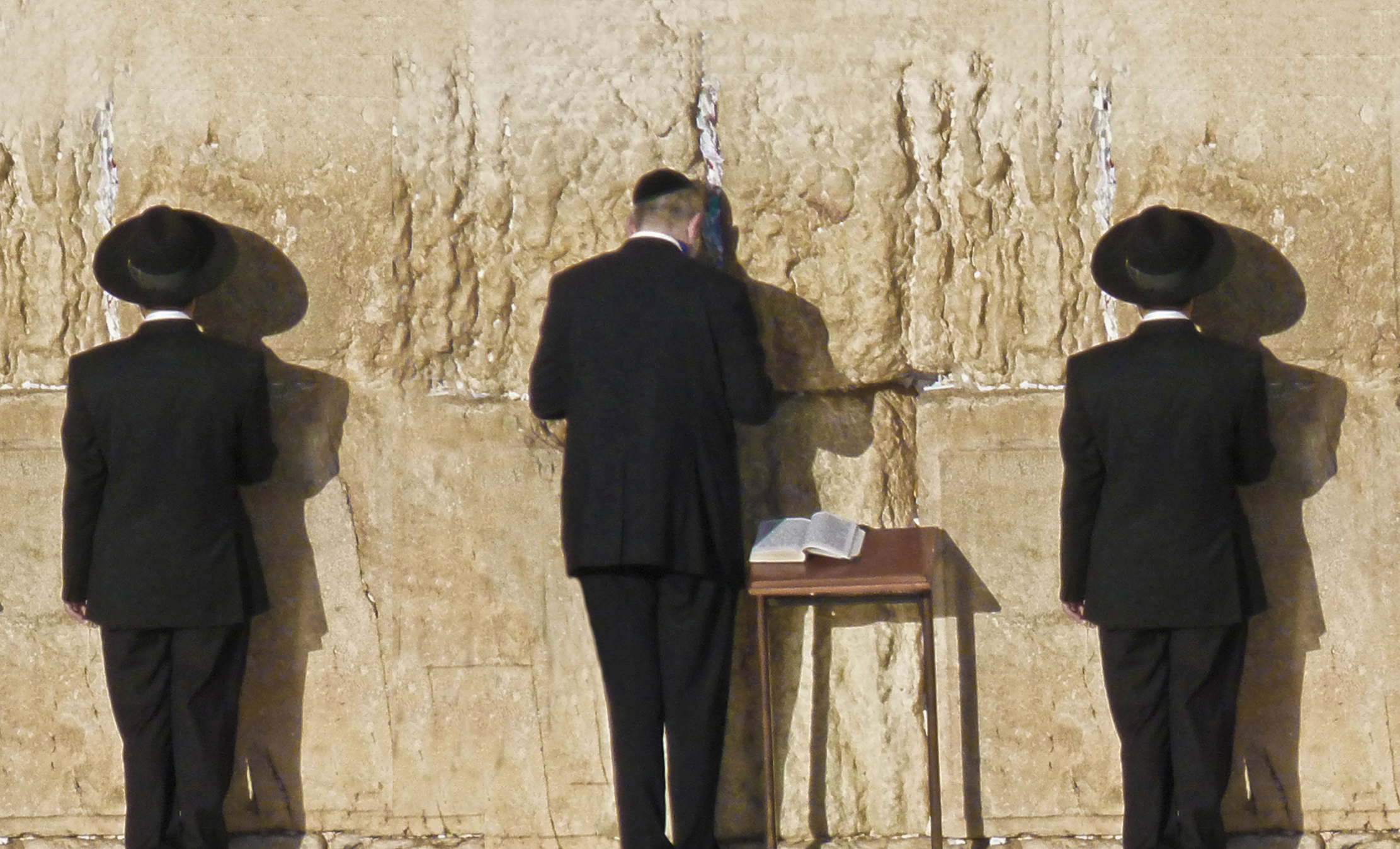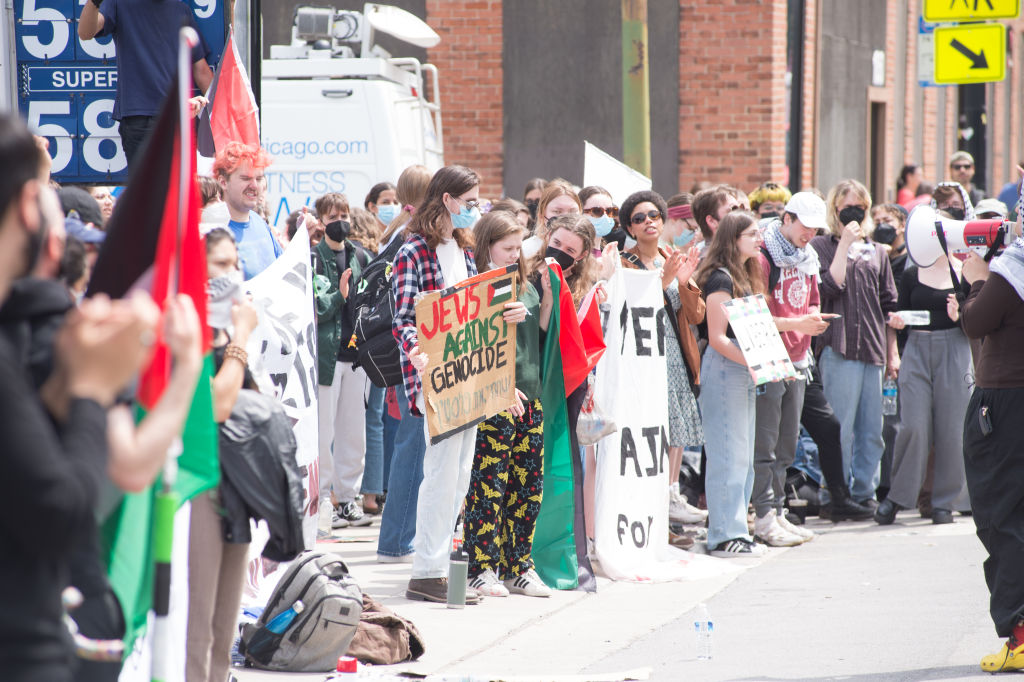Chuck Grassley throws the red flag.
American Intifada
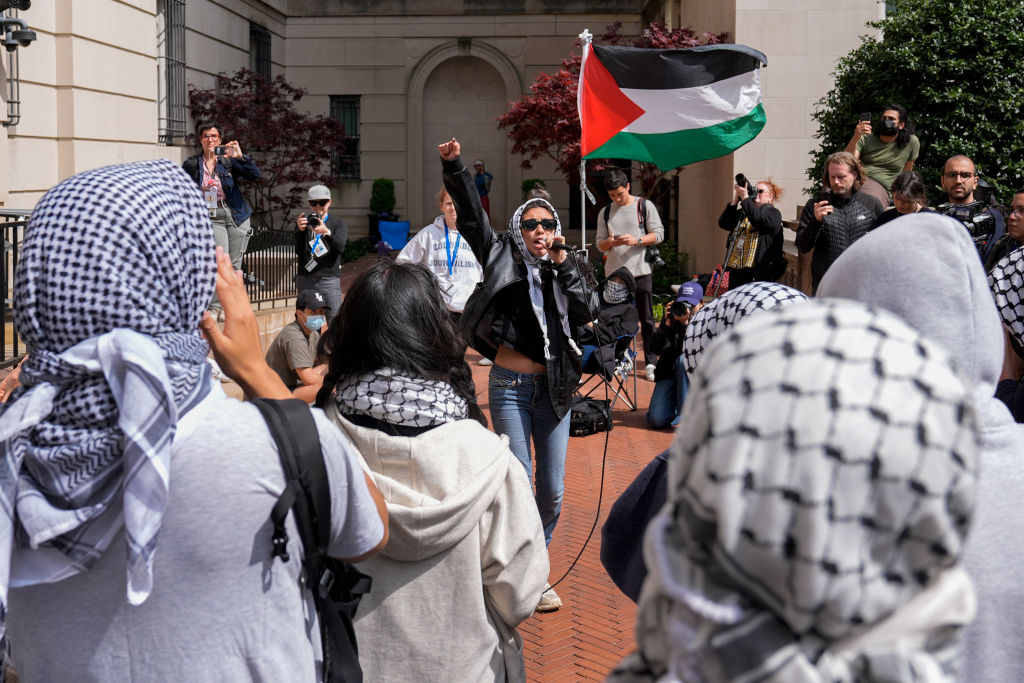
We can’t let wannabe revolutionaries control our universities.
The American intifada unfolding on our campuses has enough foot soldiers for a pogrom, but not enough for a revolution, yet.
The campaign of intimidation and violence exploded mid-April when anti-Zionists set up an encampment on the West Lawn of Columbia University. Columbia President Minouche Shafik failed to remove them swiftly, so the activists chased the Jewish students off campus.
In one somewhat creepy but rather hilarious incident, an anti-Zionist mob was filmed pushing Jews off the territory they stalked. Their vigilant leader Khywani James, noticing an approaching party of Hebrews, screamed, “[W]e have Zionists attempting to enter the lawn!” He quickly assembled the masses into a human chain and got them to repeat after him One step forward! One step forward! Another step forward! Another step forward! as they walked, Zombie-like, toward the intruders. The fright ended when the Jews failed to budge, politely explaining they had every right to be on that lawn. James was eventually banned from the campus for having threatened to kill Zionists.
Nevertheless, the university went on a lockdown the day after, and Professor Shai Davidai, who can be best described as the opposition leader, was not provided with security to walk to his office. Eventually, Columbia cancelled its traditional graduation ceremony.
Karl Marx once observed that revolutions are contagious. Energized by their success at Columbia, anti-Israel organizers vowed to spread their encampment colonies to other American universities. Participants marked territory with tents and terrorist signage. They took down American flags and raised Palestinian flags, reciting various genocidal and pro-terrorist chants and slogans. The alleged terrorist Hatem Abudayyeh threatened two American journalists. A Jewish woman was assaulted at Yale, as was a man in a kippah at CUNY; there were countless assaults, actually. Tai Lee of Stop Cop City, the group charged with terrorism in Georgia, called for violence against law enforcement. One thug went on a tirade about killing whitey.
How many campus agitators are students and faculty is unclear. The Neturei Karta cult pictured storming into the Fashion Institute of Technology campus are almost certainly not enrolled there. One masked USC protestor admitted she’s not a student and was attending the event in solidarity. An anti-Zionist media figurehead bragged about going to the Columbia encampment for a seder. Cops at Arizona State University said that the majority of the few dozen trespassers they’ve arrested are neither teaching nor studying there. The movement’s most high profile leader, Nerdeen Kiswani, is not a student. Encampments are set up with the assistance of trained professionals and funded through well-heeled domestic NGOs like George Soros’s Tides Foundation, and perhaps from foreign donors.
To be fair, it’s not uncommon for student movements to employ professional help or beef up their ranks with outsiders. But if 6,000 rioters turned out to claim an empty lot for People’s Park in Berkeley in 1968, the Palestine draw is comparatively modest.
On April 23, two dozen tents were observed on the steps of Sproul Hall in Berkeley. Even in the relatively apolitical nineties, Berkeley rallies easily dwarfed the current anti-Zionist hangout. Likewise, the MIT encampment was made up of just a few tents. An eyewitness reported 100 students and faculty at Northwestern getting arrested. It appears that most of the copycat tent villages are lucky to attract more than a few dozen campers.
Only a handful of universities turned out more. According to Freedomnews.tv, hundreds showed up for the anticipated Columbia standoff with law enforcement on April 23. The organizers’ statement called on “people of conscience” to join, but with all the reinforcements the movement couldn’t fill the lawn on its marquee campus.
On April 25, Kiswani urged action from people all over New York City at her event at CUNY. I’m sure people from all over NYC turned up, but, again, the crowd didn’t overflow. But two days later, hundreds of spectators assembled in Union Square to watch a man eat a jar of cheese balls.
Maybe all of these groups together can add up to 6,000 and cause some damage locally—People’s Park was a squatter druggie colony for over half a century until the university finally worked up the will to evict them. However, anti-Zionist groups appeared to have adopted the strategy of BLM and Occupy protests—they spread out. As such, their numbers are insufficient to control the country—not even BLM had the troops for that.
This is not lost on socialists who have been very tight with the Palestinian movement since its launching by the KGB in the sixties. For instance, the socialist writer Jerry White advised: “[S]tudents can’t defeat the state on their own or on the campuses. They must turn to the working class to defend their rights and defeat imperialist war.” That’s how it’s supposed to work in Marxism-Leninism, theoretically. But if the American working class can’t be bothered to free itself from its chains, they can’t be expected to free Gaza from the existence of their Jewish neighbors. Universities are the natural allies of Hamas, and they are mostly underperforming.
In response to campus disturbances, Center for Immigration Studies suggested that universities rethink foreign admissions policies. CIS noted that at Columbia, 36,649 individuals, or 55 percent of the student body, are foreign exchange. Some of the most zealous protesters appear to be from the Middle East, speak fluent Arabic, and be steeped in the regional mentality. One man was recorded instructing students about the finer aspects of martyrdom, as captured in Arabic anti-Zionist chants. Who said the Ivies are useless education?
It might just be that the Palestinian cause appears inherently unattractive to American audiences. Even when college students and faculty may reflexively support it, they are not emotionally invested. Some may attend events because they can’t say no, like the one woman who admitted she hasn’t looked into the movement’s demands, she just came out in solidarity. But most people are uninterested because they are more reflective.
It’s hard to shake off the bad impressions left by Hamas on 10/7. The charge of genocide habitually leveled at Israel breaks apart with a minimal application of critical thought. The movement of hysterical youth that hysterically charges its enemies with genocide is not a good draw.
The campus intifada is more than a problem of anti-Semitism. Sure, it’s mostly the Jewish students who get stalked and assaulted at the moment. But the real issue is not the physical violence—or even that, in the Ayatollah Khomeini’s turn of phrase, Israel is the little Satan, America is the big one. It’s the ability of the perpetrators to control the daily life of a university. Access to common areas can’t be restricted to self-appointed post-colonial revolutionaries.
There is no reason why we should import Islamic extremists to assault citizens and stage illegal occupations of university properties. One day they may have enough followers to fill up that lawn in Columbia—or enough voters to elect their desired government.
We can’t allow indoctrination of American teens either. Expulsion of a handful of particularly vicious undergrads is not enough; the entire system that propagandizes the impressionable and encourages intrusion on our rights has to go.
The American Mind presents a range of perspectives. Views are writers’ own and do not necessarily represent those of The Claremont Institute.
The American Mind is a publication of the Claremont Institute, a non-profit 501(c)(3) organization, dedicated to restoring the principles of the American Founding to their rightful, preeminent authority in our national life. Interested in supporting our work? Gifts to the Claremont Institute are tax-deductible.
Progressive opposition to Israel’s military operation is rooted in racism and antisemitism.
Kiev is desperate for the West to come to its rescue.
Nations have historically looked to usurp Israel’s place in the Divine plan.
The contest for Europe’s best song became a…
Professional, ideological, and even familial ties connect American institutions in a web of leftist influence.

